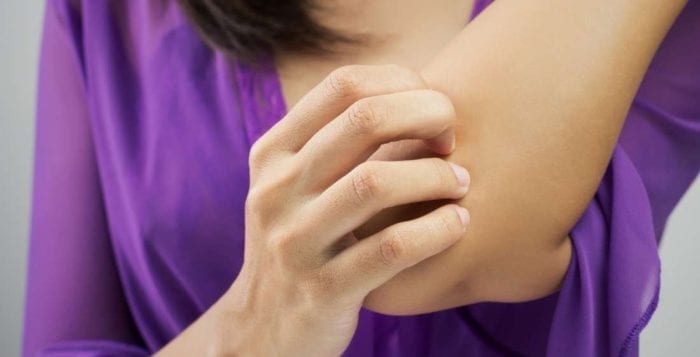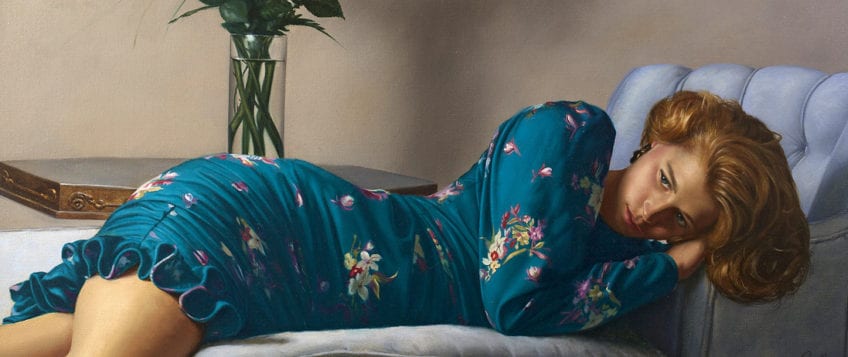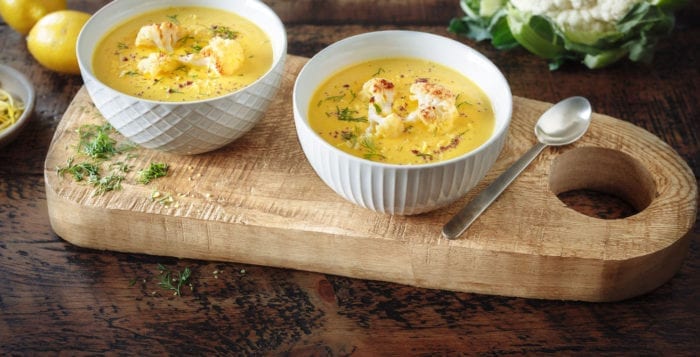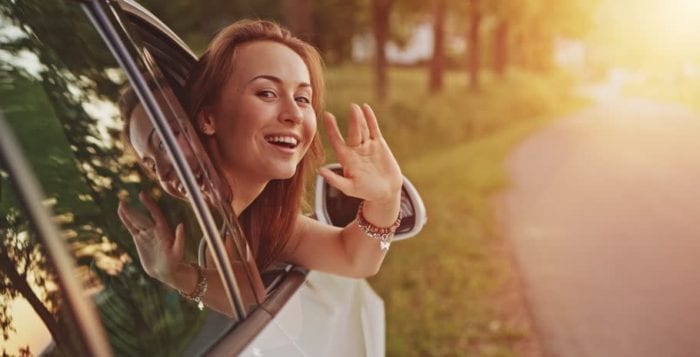By Nancy Burner, Esq.
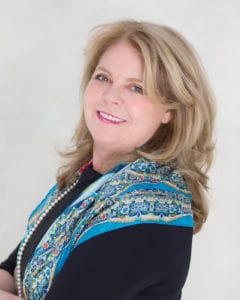
In New York State, when a person turns 18, they are presumed to be legally competent to make decision for themselves. However, if a person is intellectually disabled or developmentally disabled, as defined by Article 17-A of the Surrogate’s Court Procedure Act, a parent or concerned relative can ask the Surrogate’s Court to appoint a guardian to assume the decision-making functions for that person.
If a young adult has issues with mental illness or other functional limitations, a parent or concerned relative can ask the Supreme Court to appoint a guardian for that person under Article 81 of the Mental Hygiene Law. There are differences in the application and procedure with these two statutory schemes which are described below.
Article 17-A was originally enacted in 1969 to provide a means for parents of disabled children to continue to make decisions once their children reached adulthood. The belief was that the condition was permanent with no likelihood of improvement. Hence, the same powers that parents held over minors were appropriately continued for the rest of the person’s life.
Article 81 was enacted in 1993 and is directed toward adults who have lost or have diminished capacity. It presumes that all adults have full capacity and requires proof of specific incapacity before a guardian can be appointed to remedy the proven incapacity. Article 81 anticipates closely tailored guardianships, granting the guardian no more power than is necessary under the circumstances, and aims to preserve autonomy to the greatest degree possible.
Article 17-A is almost purely diagnosis driven, while Article 81 requires a more refined determination linking functional incapacity, appreciation of danger and danger itself. Unlike Article 81, Article 17-A provides no gradations and no described or circumscribed powers. Article 17-A is considered a plenary guardianship, meaning that the guardian has full power to make any and all decisions.
The two statutes differ dramatically in the reporting requirements following the appointment of a guardian. Article 81 guardians have to file a report 90 days after appointment and thereafter on a yearly basis, while Article 17-A guardians have no duty to file any report.
Procedurally there are significant differences between the two types of guardianships:
• A hearing must be held for the appointment of an Article 81 guardian, with the subject of the proceeding right to cross-examination and the right to counsel. No hearing is required under Article 17-A where the petition is made by or on consent of both parents or the survivor.
• When an Article 17-A hearing is held, the presence of the subject of the proceeding may be dispensed with in circumstances where the court finds the individual’s attendance would not be in their best interest; presence of the subject is presumptively required in Article 81.
• Article 81 requires the appointment of an independent court evaluator to investigate and make recommendations to the court; the appointment of a guardian ad litem to perform a similar function is discretionary in Article 17-A.
• Almost all Article 17-A proceedings are determined by reference to medical certifications by treating physicians; The professionals making the certifications are not subject to cross-examination.
• Article 81 requires proof by clear and convincing evidence, while Article 17-A is silent as to the burden.
Even when young adults meet the medical criteria for an Article 17-A guardian, courts are taking a more wholistic view and looking at that person’s functional capacity and assessing if an Article 17-A guardian is the least restrictive alternative or if an Article 81 guardianship is appropriate to address a certain deficit. For instance, take the young adult with a diagnosis of autism where he or she is considered “high functioning” by the medical experts and they may have other mental health issues that impair decision-making. In this case an Article 17-A guardian may not be the least restrictive alternative, an Article 81 guardianship may be more appropriate.
Courts are also looking to see if the young person can execute advance directives such as a health care proxy and power of attorney so their parent or concerned relative can assist in making medical or financial decisions for that person without court intervention to preserve their rights and autonomy.
The lesson to be learned is that while that statute is clear about the medical diagnoses needed for an Article 17-A guardianship, not just anyone with a diagnosis is the proper subject of an Article 17-A proceeding. You may find that the needs of the disabled individual are better met through a limited Article 81 guardianship or that they are able to execute advance directives. The differences in the statutory schemes can be nuanced and if you have a child or relative in this situation, before any court proceedings are commenced, you should consult with counsel experienced with these issues.
Nancy Burner, Esq. practices elder law and estate planning from her East Setauket office.


